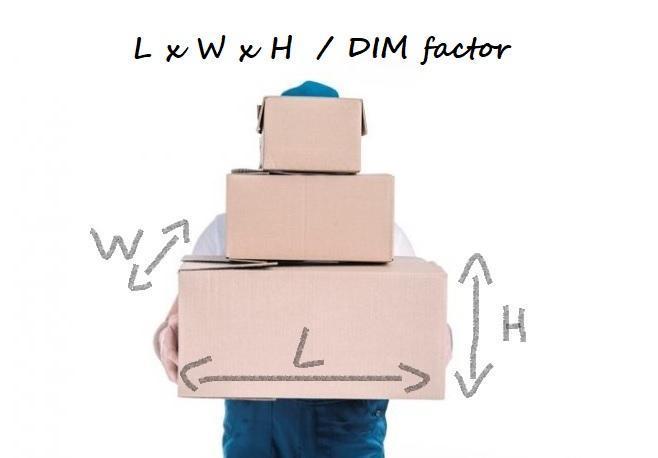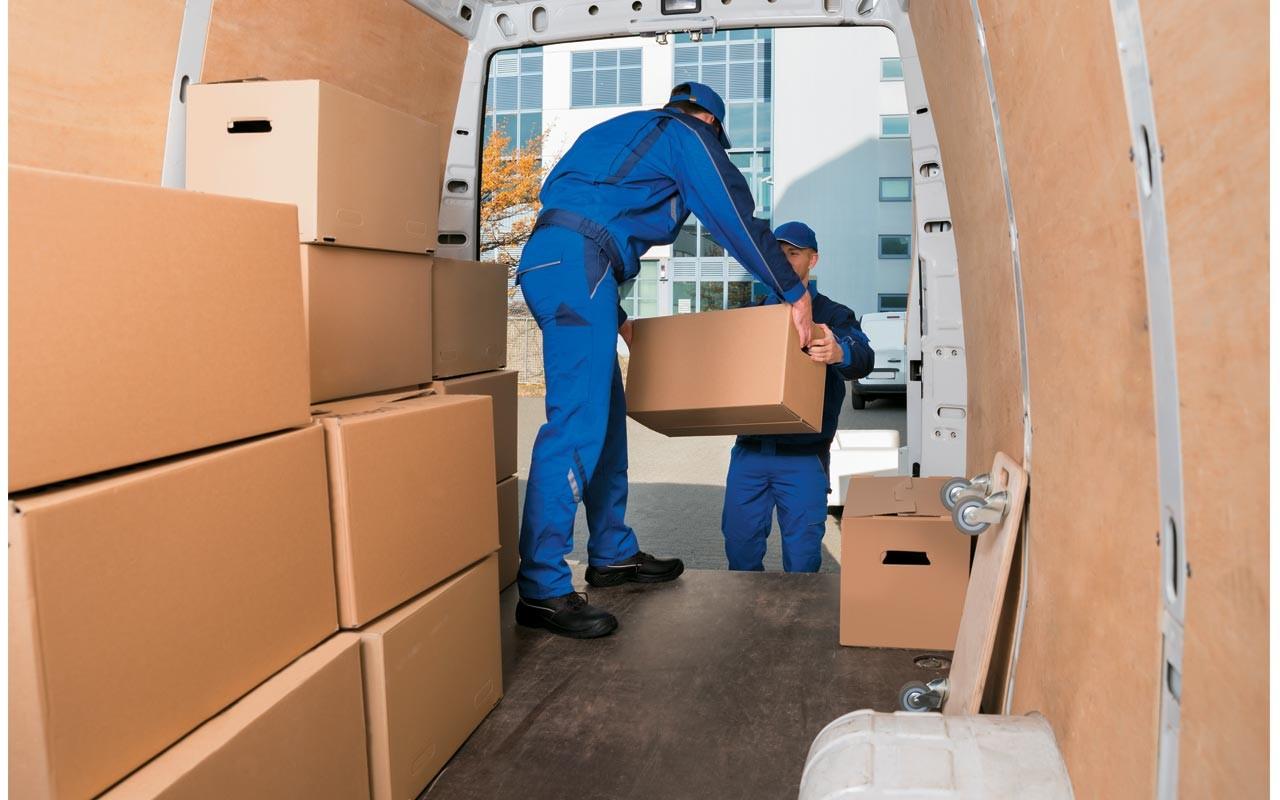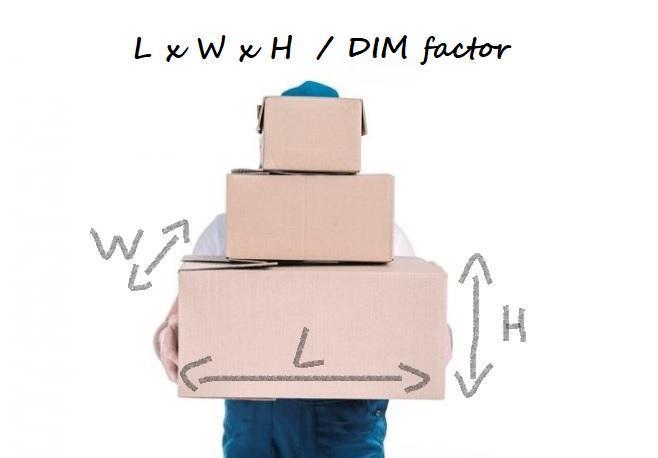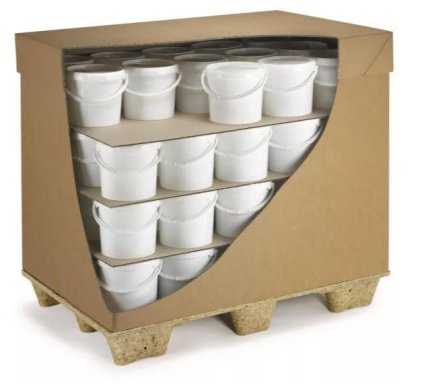This easy to read guide will help you understand what volumetric weight is, and the effect this has on businesses. If your business operates on volumetric weight (otherwise known as dimensional weight or DIM) it can help to reduce your transport and logistics costs. Reducing transportation costs is one of the key challenges for most companies, whether you’re a small-scale ecommerce packaging boutique with a small parcel cost to a large distribution company shipping boxes with heavy duty goods.
So, what is volumetric weight?
Volumetric weight is a method to calculate the chargeable weight of a package, using volume rather than gross weight. It takes into account the total space used by the package in the delivery vehicle and not just the weight of the package.
Essentially, the method of calculating the dimensional weight is more commercial for delivery companies.
If packages were only measured by weight, the cost to ship less dense, lightweight packages would be low, and the cost to ship dense, heavy items would be high. However, there is no relation between its size and density.
Dimensional weight is otherwise known as the DIM factor
Pricing based on dimensional weight balances out the shipping cost issues of large bulky packages that are lightweight. It is unprofitable to ship when the cubic space taken up is higher in relation to the weight. It allows carriers to also represent the density, by using the dimensional weight (DIM factor) which could vary between 5000 – 7000. The DIM factor is divided by the length, width and height of the package to calculate the unique weight, shape and size.
This method is also applied to heavy but small packages. However the carrier will instead charge per kilogram, whichever is greater; the gross weight or the volumetric weight of the package.
The volumetric weight of a package is calculated by the following formula:
L x W x H / (DIM factor)
DIM factor = 5000 (in cms) or 305 (in inches)
Say you want to send a lightweight package with the dimensions of 50 x 30 x 30cm, which weighs only 3kg, using the common DIM factor of 5000 (for centimetres or DIM factor 305 for inches). The volumetric weight is 9 kg, and so it will be charged on this basis.
And conversely, if you send a heavy package with the dimensions of 30 x 30 x 20cm which weighs 10kg, divide by common DIM factor 5000. The volumetric weight is 5.4kg, which is lower that the gross weight, so this package will be charged on the gross weight.
How can volumetric weight measure costs?
Volumetric weight is a measurement of cost for the delivery company. The mileage the delivery vehicle covers is a cost factor, travelling nationally and internationally, but the size of the vehicle which determines its weight allowance will affect how many parcels it can hold. The more parcels the delivery vehicle can carry, the more economical it is for the carrier, as the cost per journey is reduced.
In principal, the method to calculate the shipping and delivery cost is:
- If your package is light and big, it will be charged on its volumetric weight.
- If your package is heavy and small, it will be charged on its gross weight.
So, when packing, it is important to consider both the weight and size of your package to reduce the cost of transporting goods.
Which industries are affected by volumetric weight?
Technically, volumetric weight will apply to all industries. The pricing technique is based on the package needing to transport, and the space it takes up in the freight carrier whether it is transported by a ship, lorry, or plane.
Also if your business provides a free shipping and returns service – keep in mind the same pricing method would be applied. So, if the returns their order you could be making a loss.
For further advice on reducing transportation costs, contact our Packaging Specialists on 0800 542 44 28 or sales@rajapack.co.uk to discuss your product range and your packing operation.
Top tips! 3 tips to optimising the volumetric weight of your packages. Read more>>






















Thanks for sharing this information.
Very affected and helpful blog for saving money on packaging. Thanks for this.
Your guidelines very helpful for me to reduce the packaging of boxes during shipping. Thanks for posting and please keep posting.